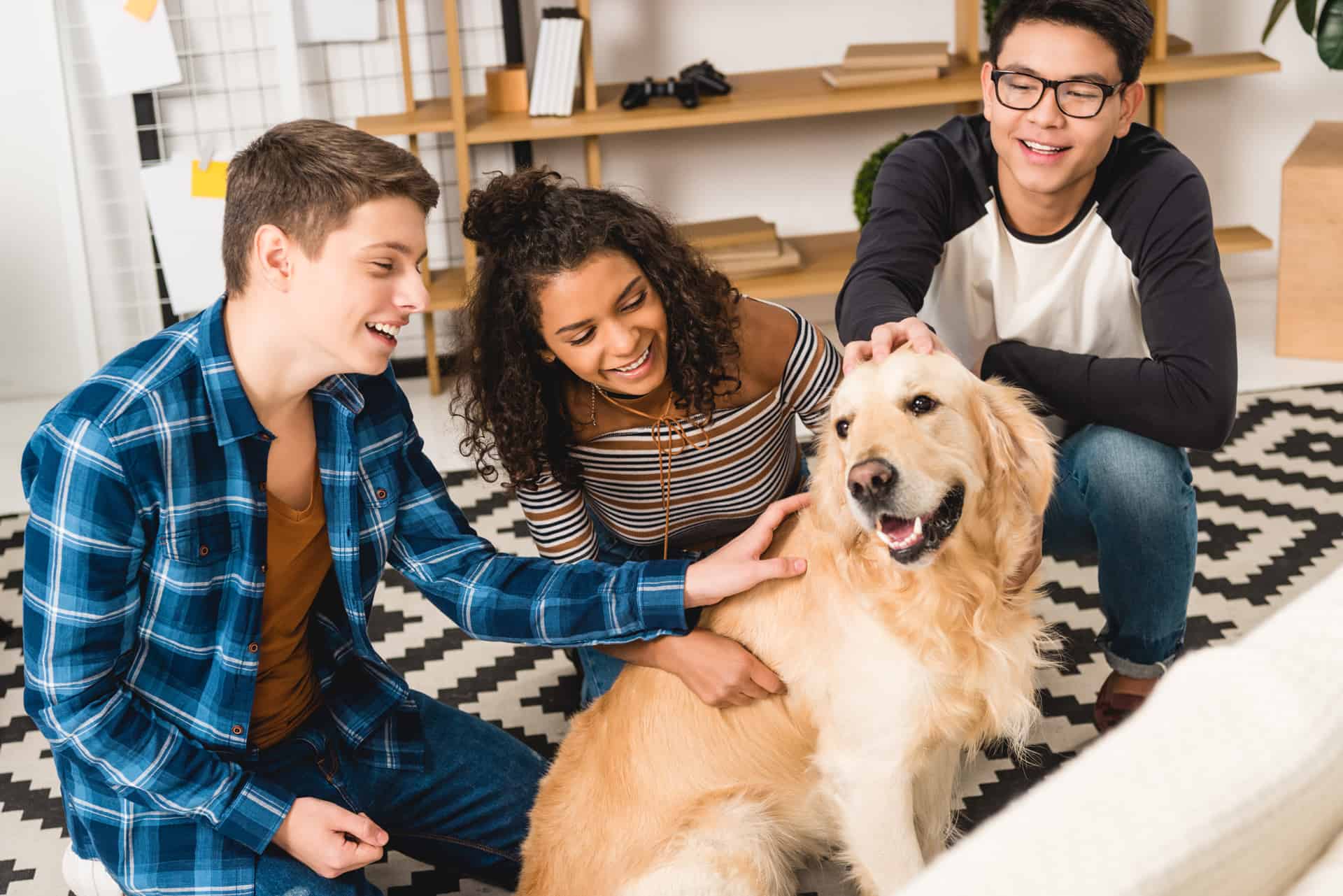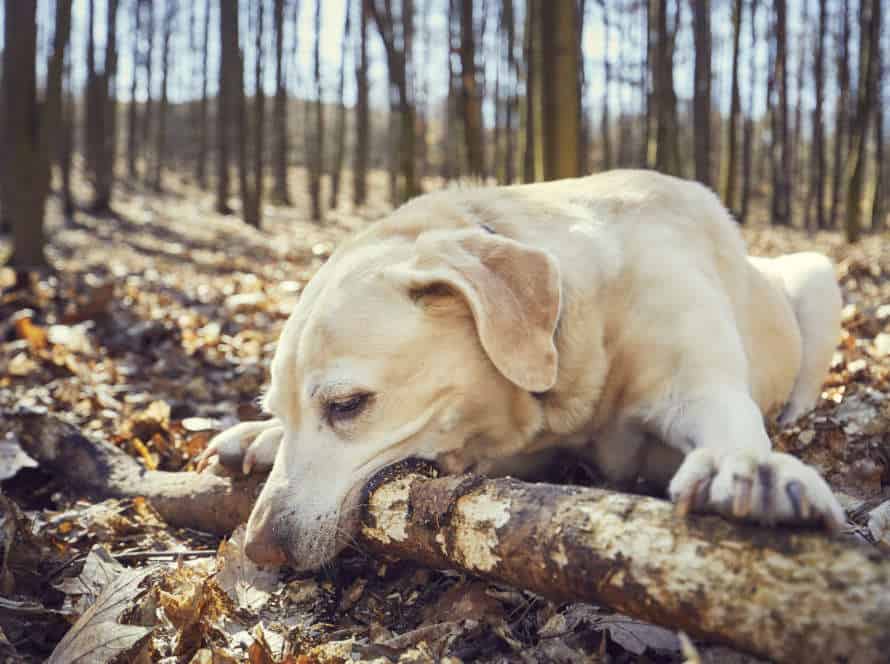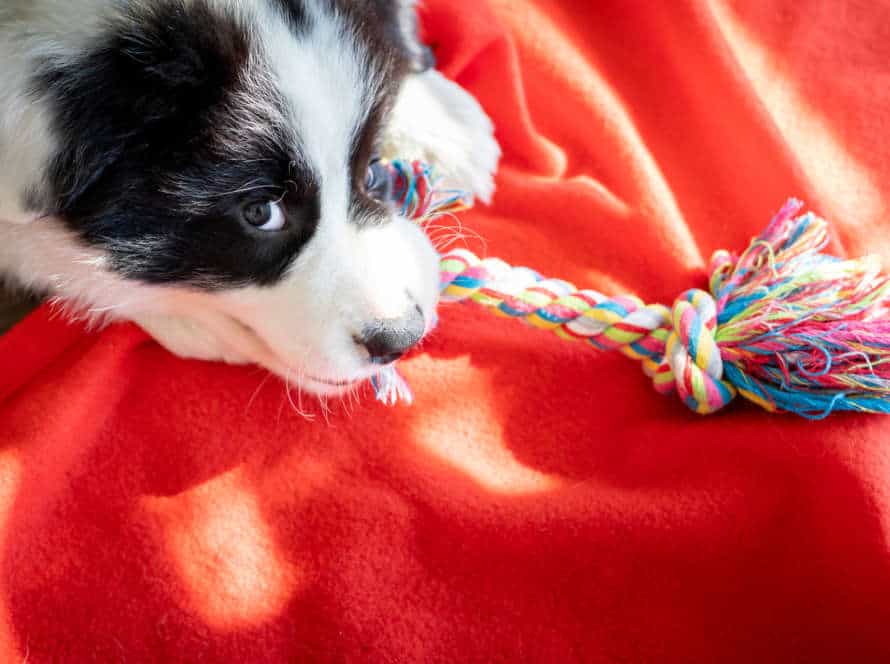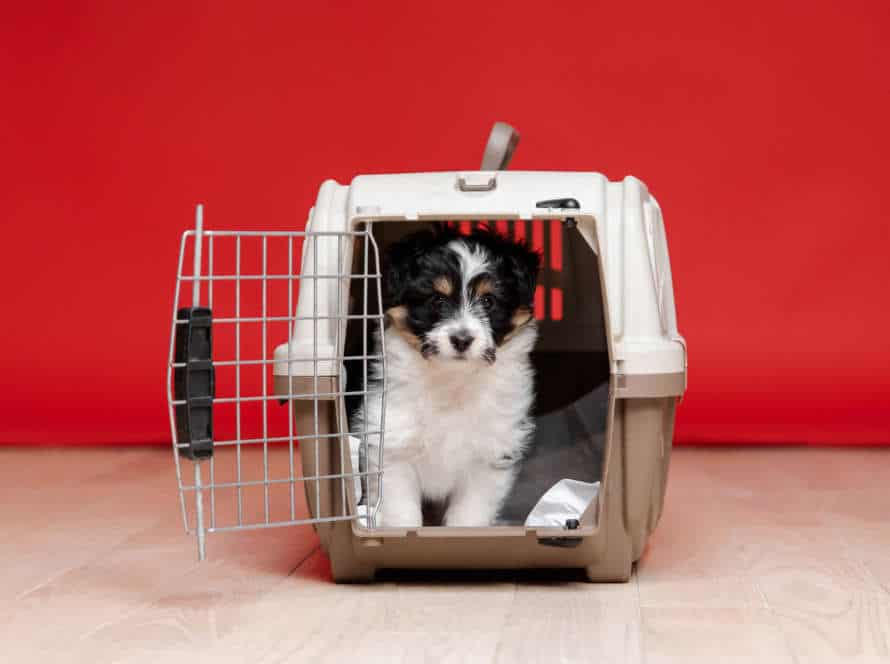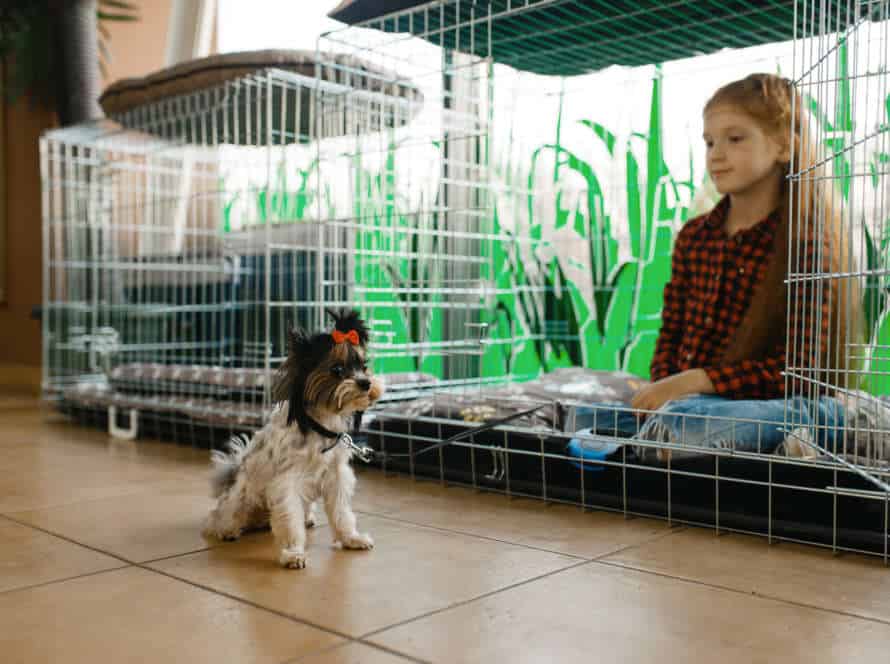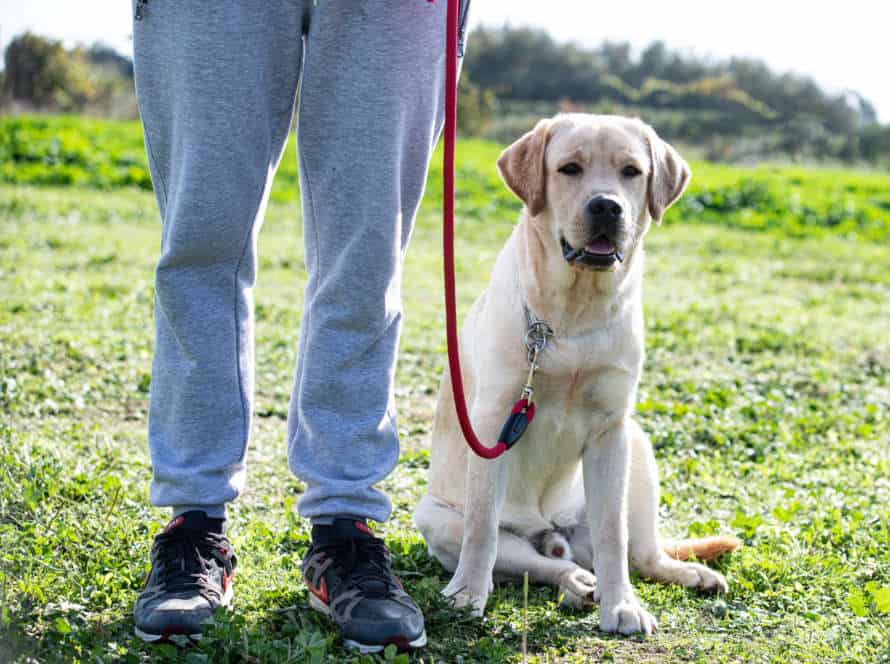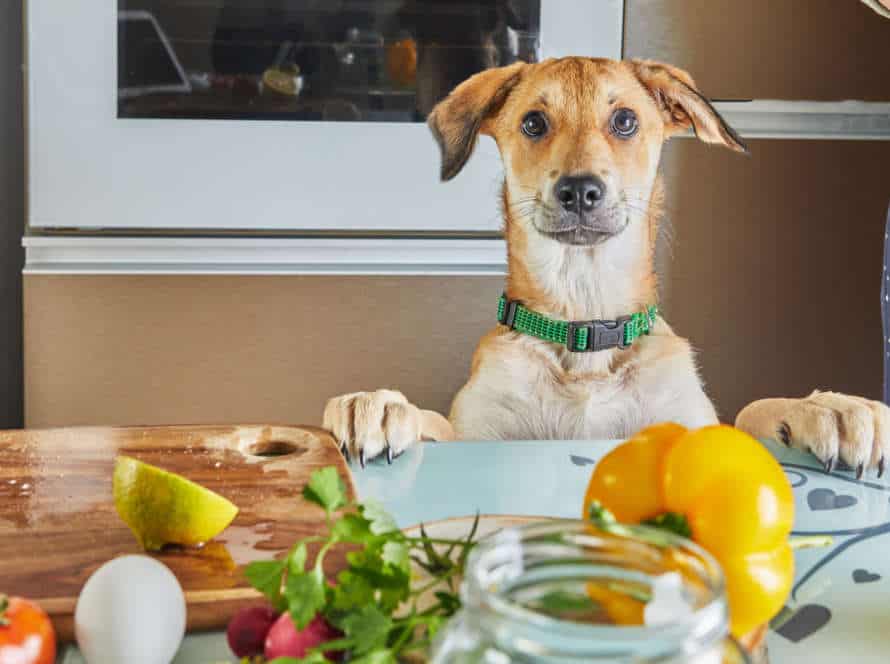Addressing Common House Training Challenges: Tips and Techniques
House training a pup can be tough. But with the right tips, you can beat the obstacles.
For example, if they have an accident indoors, calmly stop them and take them outside to finish. Clean up the mess with a cleaner made for pet accidents.
If they are hesitant to go outside, gradually introduce them to the outdoors. Reward them when they do go outside, and make a routine of outdoor breaks.
Sometimes puppies have separation anxiety or marking behavior. In this case, ask a pro trainer or behaviorist for help with the causes.
By using these tips, you can successfully train your pup. Get ready for a well-behaved, happy furry pal!
Potty Training Challenges
Potty training can be tough. Some dogs learn fast, while others have a hard time. It can be irritating for owners to get it right. Here we’ll look at typical issues and offer advice to make the process simpler.
Submissive Urination: Understanding and Dealing with it
Submissive urination is a frustrating issue for both owners and pooches. To assist you in understanding and dealing with it, here are helpful techniques:
- Instead of reprimanding your pup, divert their attention to something more positive.
- Obedience training can bolster your pup’s self-esteem and reduce submissive behaviors.
- Praise them with treats and cuddles when they do something good, and avoid punishing them for bad behavior.
- Keep a consistent routine for eating, training, and potty breaks.
By using these strategies, you and your pup can form a strong bond and effectively tackle submissive urination.
Pro tip: If the issue persists, look for assistance from a certified dog trainer or a behaviorist.
House Breaking an Adult Dog
Housebreaking an adult pup demands patience, consistency and positive reinforcement. Here are a few common house training issues and tips to combat them:
- Accidents in the house: Wiping up the mess with an enzymatic cleaner is key. Plus, restricting your dog’s access to some areas of the home until they’re trained is helpful.
- Fear/Anxiety: A routine with regular meal times and outdoor breaks can help. Use treats to encourage your pup to go outside.
- Marking: Spaying/neutering, giving plenty of outside chances to mark territory and positive reinforcement for good behavior may help.
Keep in mind, housebreaking an adult pup isn’t easy. But, with patience, consistency and positive reinforcement, even stubborn dogs can be trained.
Nipping and Mouthing: how to control and avoid it
Puppies can exhibit nipping and mouthing during house training. To control and eventually stop this, use consistent training and positive reinforcement. Here’s some tips to address and prevent it:
- Change focus: When pup does nipping or mouthing, give them a toy or chew bone.
- Time-Outs: If that doesn’t work, remove pup and ignore for a few minutes. This helps them learn nipping and mouthing is not OK.
- Be consistent: Use same techniques and make sure everyone in the house follows them.
- Reward: Give pup rewards for good behavior like sitting calmly or being gentle while playing.
With these techniques, your puppy will learn how to behave and become a well-trained dog.
Crate Training
Crate training is an awesome way to train your pup and teach ’em your home’s rules. It can make a safe spot for your pet and motivate them to form good toileting habits. But, it takes some patience and understanding. This part will explain the basics of crate training and give advice on how to handle common problems.
Teaching Your Dog to Love Their Crate
Help your pup love their crate! It’s part of training and can help with housebreaking. Here are some tips:
- Let your dog explore the crate at their own speed.
- Make it comfy with a bed/blanket and their favorite toys.
- Offer treats and praise when they enter or stay.
- Start with short durations and increase as they get more used to it.
Be patient and consistent with training. With practice, your dog will learn to love the crate and see it as their own secure space.
Getting Your Dog Used to Being Alone
To prevent separation anxiety and destructive behavior, it’s important to get your dog accustomed to being alone. Crate Training is a terrific way to do this. Here are some guidelines:
- Introduce your pup to the crate early on, and give them food and treats inside it.
- Put the crate in a room everyone can access, and gradually increase the amount of time your pup spends there.
- Make the crate cozy with bedding and toys.
- Don’t use the crate to punish your pup; it will make them associate it with negative feelings.
Furthermore, when dealing with house training issues like barking, chewing, or messiness, use gentle corrections, steady reinforcement, and reward with treats, love, and praise.
Be patient and understanding with your furry friend when training; it’ll create a happy and harmonious environment!
Preventing Separation Anxiety
Crate training is a great way to stop separation anxiety in dogs. Give them a safe, comfy space and they’ll feel secure when you’re away. Here’s how:
- Start slowly, with your pup exploring the crate at their own pace.
- Reward positive behavior with treats and praise.
- Make the crate cozy with bedding, toys, etc.
- Provide lots of exercise and outdoor time.
- Be consistent and stick to a routine. This helps prevent problems and makes training more fun for everyone.
Pro Tip: Positive reinforcement with treats and praise speeds up training.
House Training Techniques and Tips
House-training your pup is a must! It may be tough, but with the right methods, you can get your pooch toilet-trained quickly. Read on to discover common challenges and tips to sort them out.
Creating a Schedule and Sticking to It
Creating a schedule for house training your pup is essential to teach them good habits. Here’s how you can do it:
- Set specific times for feeding your puppy and take them outside after eating.
- Frequent potty breaks, especially after playtime or naps.
- Always use the same command when it’s time to go potty.
- Praise and treats for good behaviour.
- Be patient, consistent, and positive.
By sticking to the schedule, your pup will understand when to go and when to wait. This makes house training faster, easier, and less stressful for you both.
Reward-Based Positive Reinforcement: How to Make it Work
Reward-based positive reinforcement is a great way to train your pup! Dogs appreciate incentives, rewards, and positive reinforcement. Here are some tips to make it successful:
- Use treats your dog loves, like cheese, meat, or chicken.
- Say praise and give them physical affection when they do good.
- When they go potty outside, immediately reward them.
- Have a consistent routine that they can connect to going potty.
- Be patient, recognize progress, and don’t punish them for accidents.
- Remember that each dog is unique and training takes patience and commitment.
Pro tip: Consistency is essential. Make sure everyone in the household knows the routine and uses the same reward-based positive reinforcement technique.
Consistency is Key: Common Mistakes to Avoid
It’s essential to be consistent when house-training your pet. But avoid these common mistakes to make the process go smoothly:
- Inconsistency in Training – Don’t use different commands or methods.
- Punishing Accidents – No punishment! This will cause fear and more accidents.
- Not Enough Time or Effort – House-training takes time and effort.
- Lack of Positive Reinforcement – Praise and reward your pet for good behavior.
Consistency, patience, and positive reinforcement will ensure a successful experience and a well-behaved pet.
Health Issues to Consider
When house training a pet, health matters. An unwell pet may not be able to control their toilet habits. Conditions like diabetes can complicate house training too. Knowing health problems related to house training can help owners understand their pet’s behavior better.
UTIs and Other Health Problems – How to Spot Them
UTIs or Urinary Tract Infections are a common health issue for dogs. As a pet owner, it is important to know the signs of a UTI to get your dog medical help quickly. Here are some warning signs to look for:
- Your pup needs to go outside more often and urgently.
- They have trouble urinating, producing only a little urine or none at all.
- They act in pain or distress while peeing, like whining or whimpering.
- They have blood in their urine or cloudy/ dark urine.
- They drink more water than usual.
As well as UTIs, dogs can have other health issues such as allergies, dental problems, and dehydration. Paying attention to these and visiting the vet can prevent more serious health issues in the future.
What to do if Your Dog Has Diarrhea During House Training
Having a pup with the runs while housetrainin’ can be tough. Don’t let it stop ya progress! There’s health factors to consider and ways to reduce accidents and quicken the housetrainin’ process.
Identify the cause of your pup’s diarrhea, like changes in diet, bacterial and viral infections, allergic reactions, and parasites. Treatment could vary from meds to dietary changes.
Here’s tips to help manage diarrhea:
- Watch pup’s behavior and schedule, need to go out more?
- Confine pup in a crate or small area, less accidents.
- No punishment, can make it harder to learn.
- Be patient, housetrainin’ takes time.
With effort and support, pup can overcome diarrhea and learn to poo outside.
Dealing with Other House Training Challenges Such as Incontinence
Incontinence can be a tricky issue to tackle during house training. It can be caused by age, illness, or injury. To make it easier, here are a few tips:
- Provide frequent potty breaks. Increase the amount of times you take your pup outside to give them more chances to wee. Gradually reduce these breaks as their bladder control improves.
- Use confinement. Put your pup in a small area with a comfy bed and flooring that’s easy to clean.
- Create a schedule. Set regular feeding times and planned bathroom breaks. This will help them get into a routine.
- Think about medication. In some cases, a vet may prescribe meds to manage incontinence symptoms.
Addressing incontinence is key for successful house training. Follow these tips and your furry friend will overcome this challenge!
Outdoor Potty Training
Outdoor potty training can prove a challenge for both pet and owner. It needs consistent behavior and frees owners from worrying about accidents inside. Here are some tips to tackle common house training issues for outdoor potty training:
How to Train Your Dog to Go on Command
Train your pup to potty on command – it’ll make potty training easier! Here’s how:
- Take your dog out on a leash to the designated spot.
- Say a specific word, like “go potty” or “do your business” when they start.
- Immediately praise and reward when they finish.
- Be consistent – don’t scold if they don’t go on command.
With practice, they’ll learn! Accidents, trouble signaling to go out, and resistance to potty spots can crop up during house training. Use helpful tips to tackle these troubles and make the journey simpler.
Pro tip: Training your pup to potty on command takes time and patience, but it’s worth it! It’ll streamline your potty training journey.
Making a Great First Impression on Your Neighbors
Making a good 1st impression on your neighbors is key for a good relationship. Potty training your pet outside can be tough, but these tips can make it easier.
Create a designated potty area in your yard away from walkways or high traffic areas.
Keep a consistent feeding and watering schedule to prompt regular bathroom breaks.
Reward your pet with treats or verbal praise when they do good.
In case of indoor accidents, clean up immediately with an enzymatic cleaner to remove the smell and stop them from repeating the behavior.
Patience is essential; with consistent training, outdoor potty training can work.
The Importance of Positive Reinforcement
Positive reinforcement is key in outdoor potty training for dogs. It involves rewarding good behaviors and discouraging bad ones.
Benefits of positive reinforcement include:
- Improved Learning – Studies show dogs learn new behaviors better with positive reinforcement than negative.
- Stronger Bonding – Positive reinforcement builds trust, strengthening the bond between dog and owner.
- Decreased Anxiety – Punishment-based training can cause fear and anxiety, resulting in negative behaviors.
Common positive reinforcement techniques for outdoor potty training include treats, praise, and play. Knowing your pup’s personality and what motivates them is essential.
Pro Tip: Patience and consistency are key. Reward good behavior quickly and avoid punishing bad. With practice, your pup will learn to potty outdoors and become a great companion.
Frequently Asked Questions
Q: How long does it take to house train a puppy?
A: It can take anywhere from a few weeks to a few months to fully house train a puppy. Consistency, patience, and positive reinforcement are key to success.
Q: How often should I take my puppy outside to use the bathroom?
A: Puppies need to go outside frequently, especially after meals, naps, and playtime. A good rule of thumb is to take them out every 1-2 hours during the day and once or twice during the night.
Q: What should I do if my dog keeps having accidents indoors?
A: First, make sure you are following a consistent routine and positive reinforcement techniques. If accidents continue, it may be a medical issue or anxiety problem, and you should consult with your veterinarian.
Q: Should I punish my puppy for accidents indoors?
A: No. Punishing your puppy for accidents can lead to fear and confusion, making it harder to train them effectively. Instead, focus on rewarding good behavior and correcting mistakes in a positive way.
Q: Can I train an older dog to be house trained?
A: Yes, it is possible to house train an older dog. It may take longer than with a puppy, but the same principles apply: consistency, positive reinforcement, and patience.
Q: Should I use puppy pads?
A: Puppy pads can be useful in some situations, such as when you are away from home for an extended period or if you live in a high-rise building without easy outside access. However, they can also confuse puppies and make it harder to train them to go outside. Use pads sparingly and with caution.

